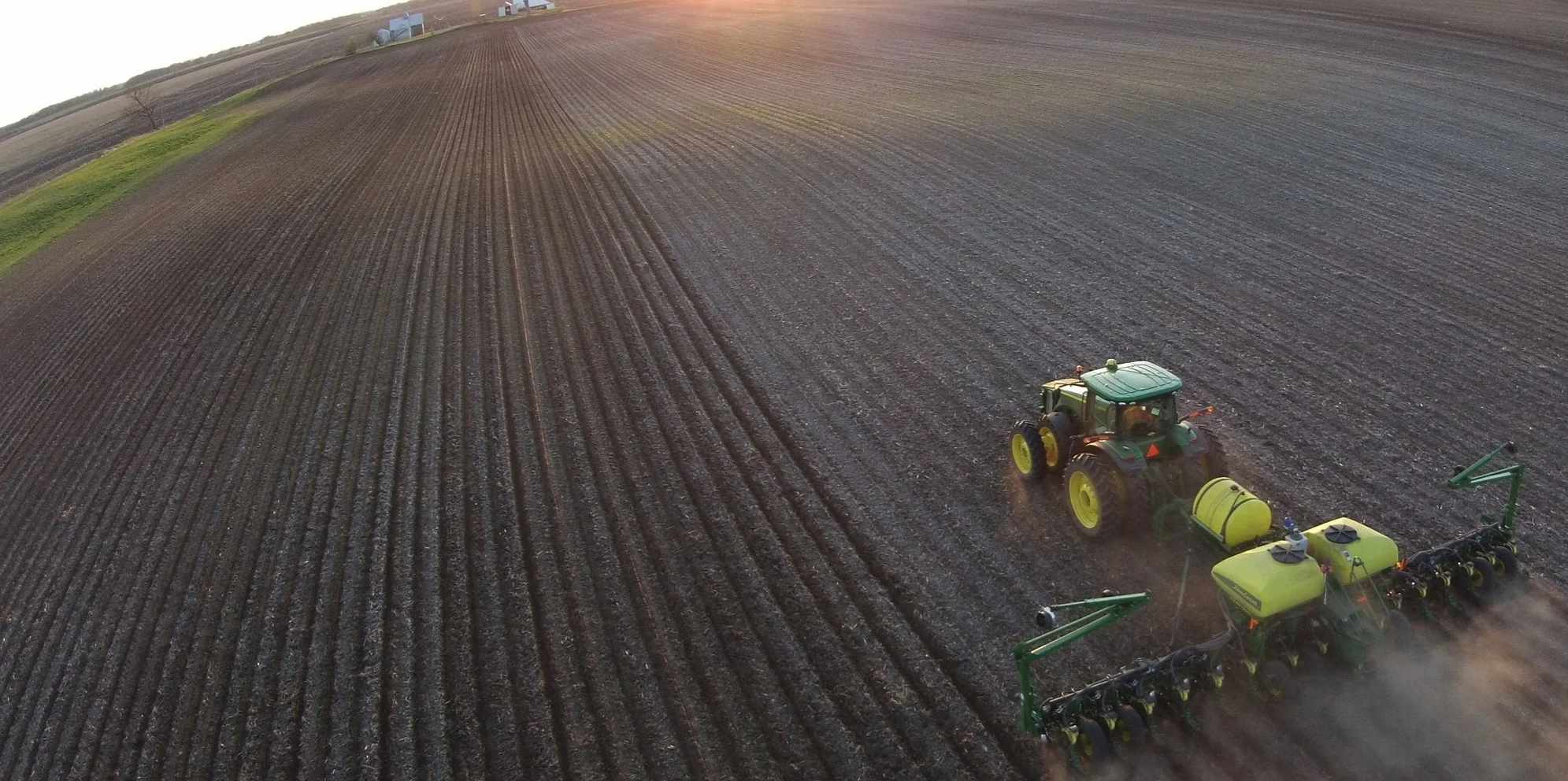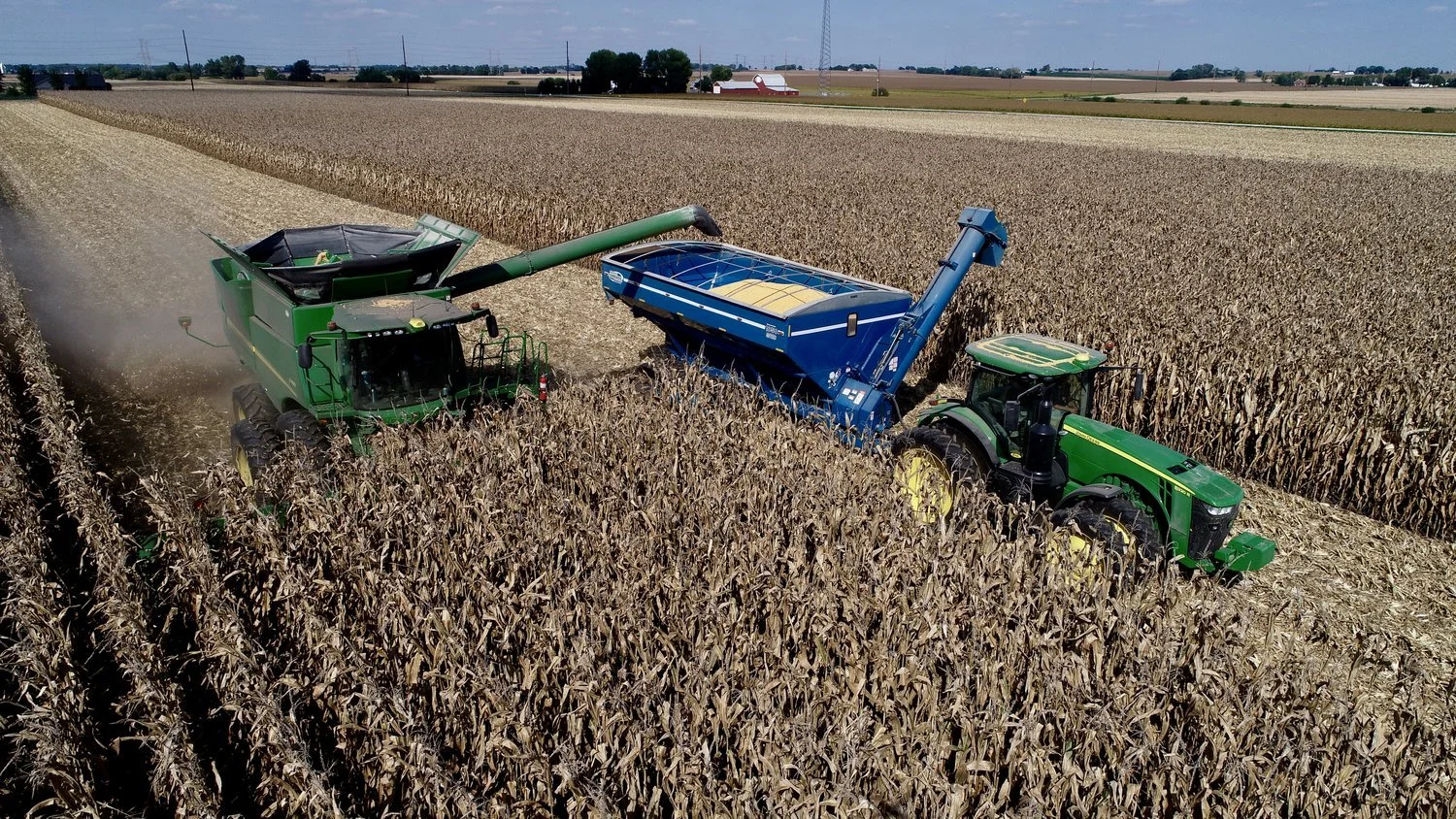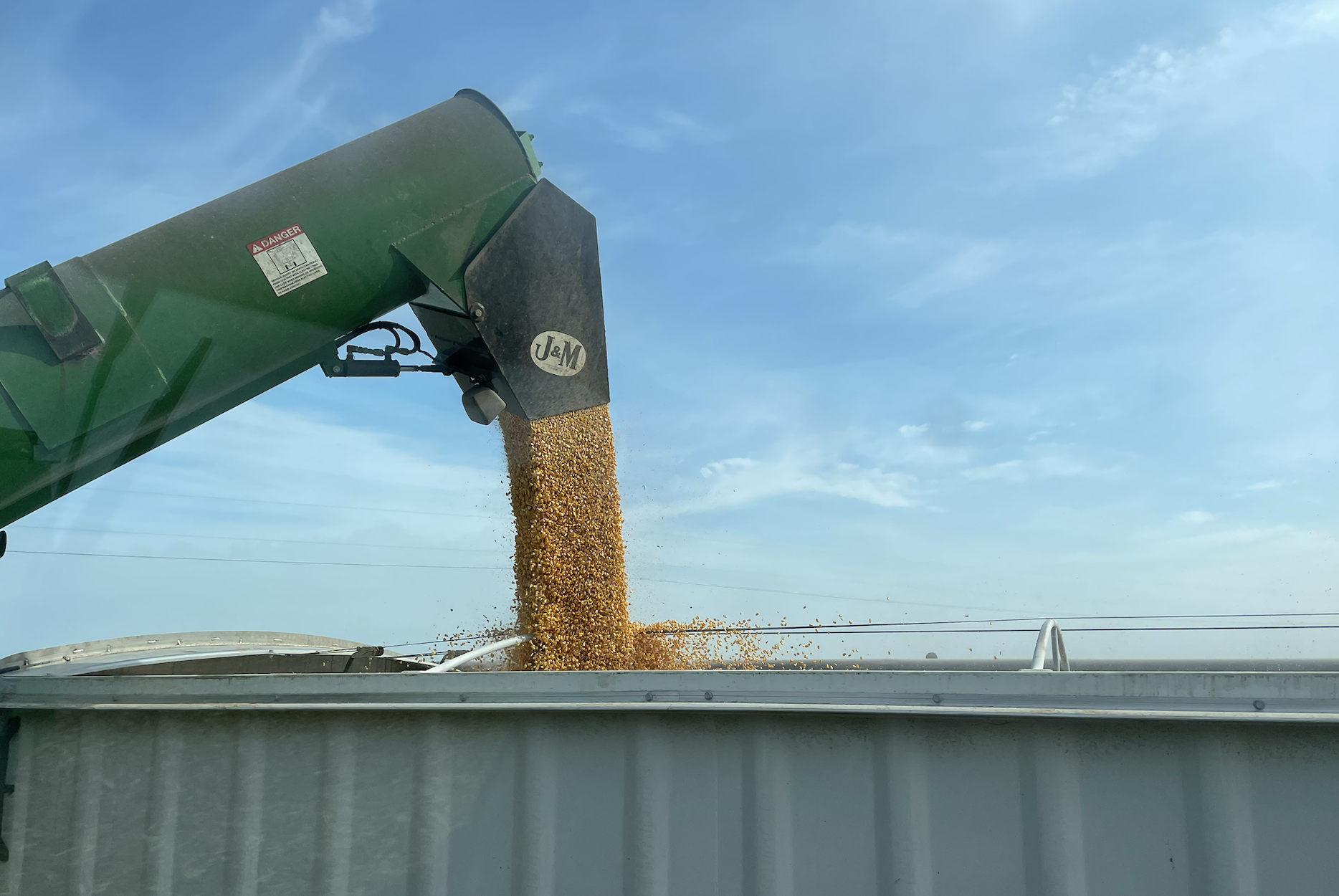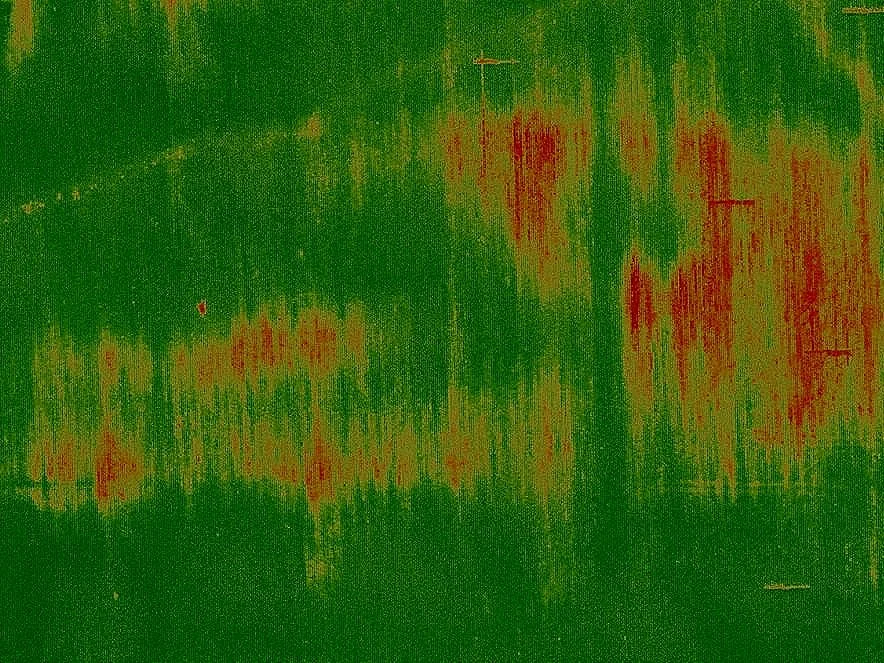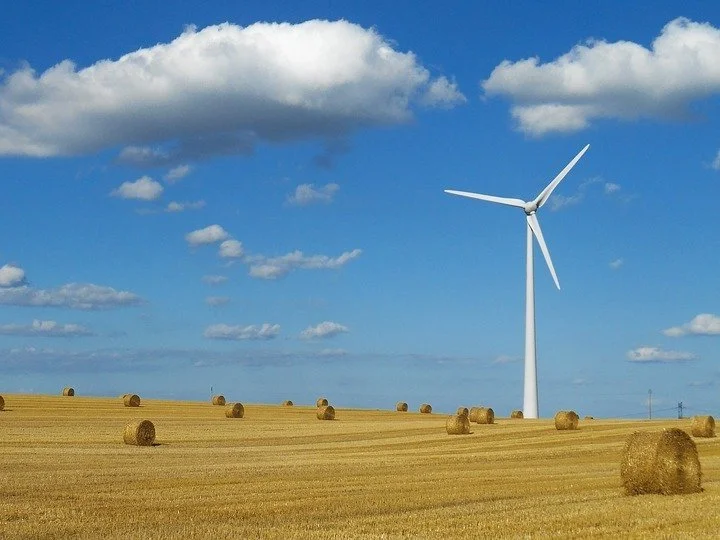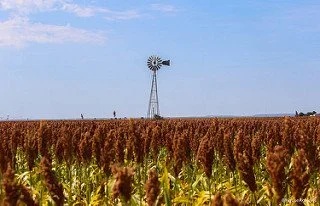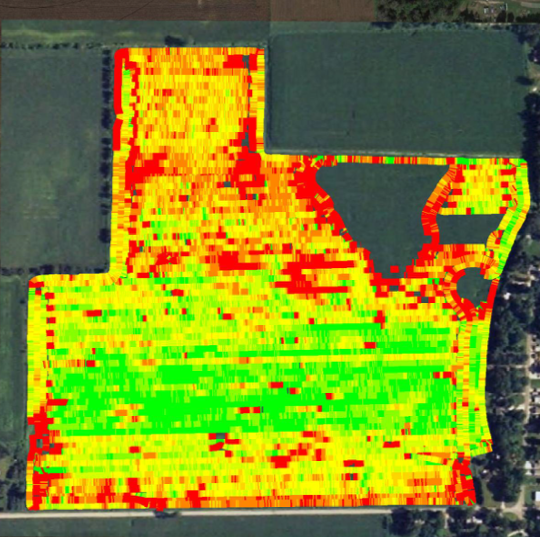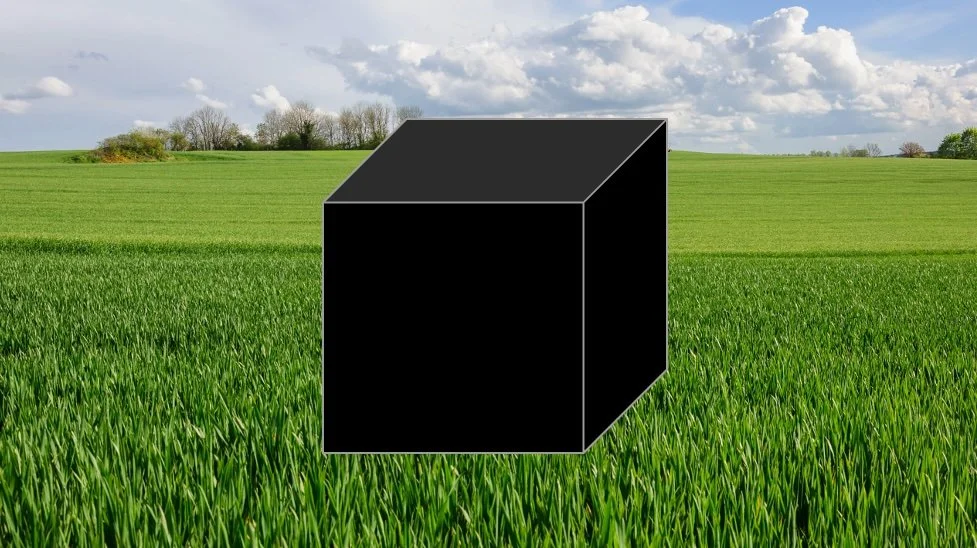EPA Flyovers, Open Fields and the Right to Privacy
/In 2012, the EPA found itself in the middle of a firestorm when Iowa and Nebraska feedlot owners learned that EPA was conducting flyovers to look for Clean Water Act violations. The story really went viral when a Congressman referenced that the EPA was using drones for these spy-like missions. That wasn’t true—no drones were used—but the EPA did flyover farms with small aircraft and photograph apparent water quality violations. A number of Senators and House members raised objections, but eventually the issue subsided.
Now here we are in 2019 and we are learning about more EPA flyovers, this time in the Lake Erie watershed in northeast Indiana. Does the EPA have a right to fly over farms and take pictures? For the most part, yes.
In 2012, the EPA responded to congressional interest by providing a number of analogous uses of government aerial surveillance. For example, the DEA or state police fly over rural areas looking for illegal marijuana fields; state police routinely use airplanes to clock highway speeders; and the USDA uses of aerial photography to measure field sizes to insure compliance with farm programs. The EPA argued its use of aerial surveillance was the same thing.
The EPA is likely correct under US case law. In Dow Chemical Co. v. U.S., Dow challenged the EPA's authority to conduct aerial surveillance of one of its factories under the Clean Air Act, after Dow learned that the EPA had flown over at 1200 feet to photograph interior portions of the plant. The US Supreme Court held that the use of aerial photography was within EPA's statutory authority because the Clean Air Act provided that the EPA has a "right of entry to, upon, or through any premises." In addition, the Court held that the EPA needs no explicit statutory provision to use methods of observation commonly available to the public.
US citizens have a right to privacy under the Fourth Amendment. The test the US Supreme Court has established for determining whether government surveillance violates one's right to privacy is two-fold: First, a person must have an actual (subjective) expectation of privacy in the property searched; and second, the expectation must be one that society recognizes as "reasonable." Katz v. U.S., 389 U.S. 347, 361 (1967). If both elements are present, the government can still search the premises, but it must first obtain a warrant. (The EPA does not obtain a warrant before conducting aerial flyovers).
But there are limits to government surveillance. When deciding the Dow case, the Supreme Court noted there was a difference between searches of the "curtilage" of one's home and the "open fields" nearby. "Curtilage" is the "area immediately surrounding a private house." People have a reasonable expectation of privacy in their home and its curtilage. On the contrary, the Fourth Amendment does not protect the privacy of individuals in areas "out of doors in fields, except in the area immediately surrounding the home." The Court ultimately found that the Dow factory was an industrial complex, more like an open field than the curtilage of one's private residence. The EPA's aerial surveillance was constitutionally allowed.
Most parts of a farm would likely be considered “open fields,” freely visible from the sky and thus not protected from peering eyes. However, a really low flying observer (whether drone or airplane) might create a trespass, and that is a different issue.
This does not mean that the EPA’s aerial surveillance could never violate the Fourth Amendment. Many farms often include both livestock facilities and residential homes on the same property. That makes the current situation different than Dow. It also makes the EPA's flyovers different than police flyovers looking for marijuana in remote fields, or the police's clocking of speeders using airplanes above public highways, or the USDA's photographing of unpopulated farm fields.
While it may be worrisome for a farmer to see the EPA flying overhead, I would be more concerned with the follow-up site visits, because that means EPA saw something they did not like from the sky.

